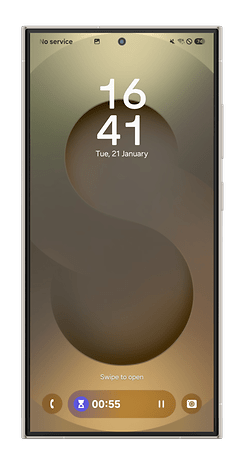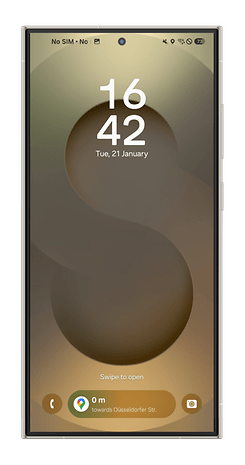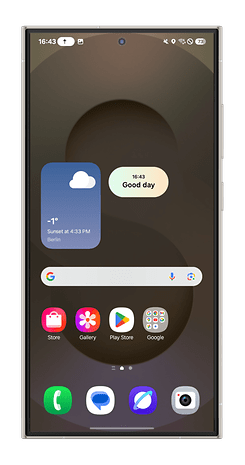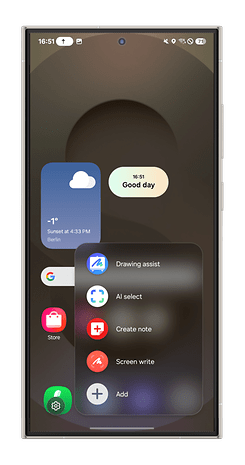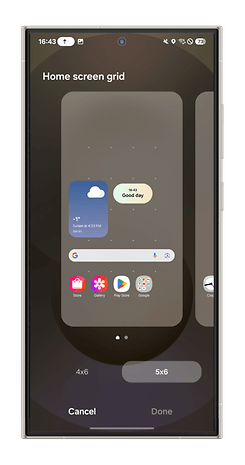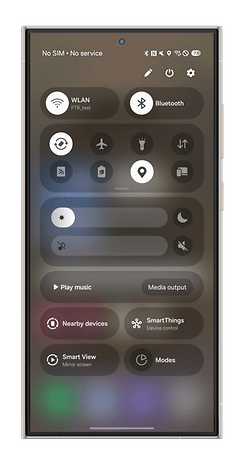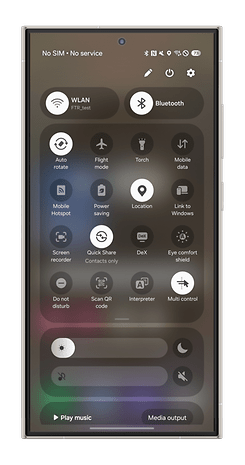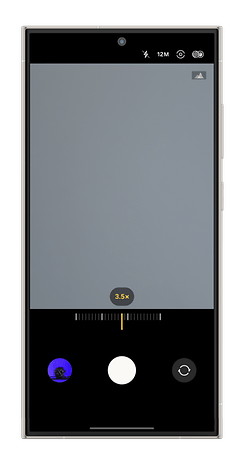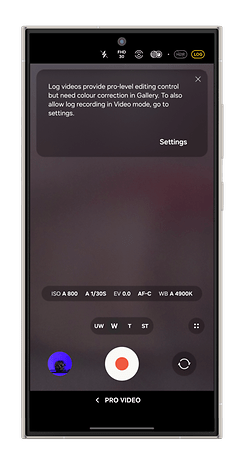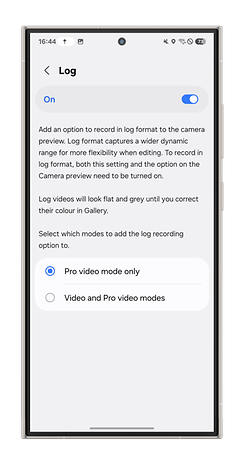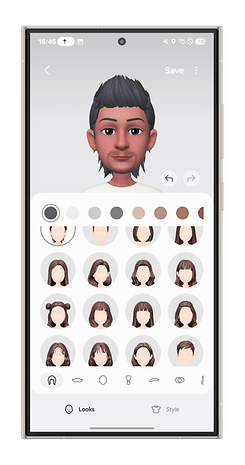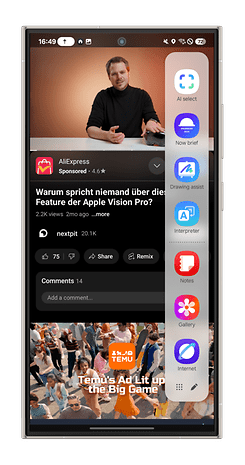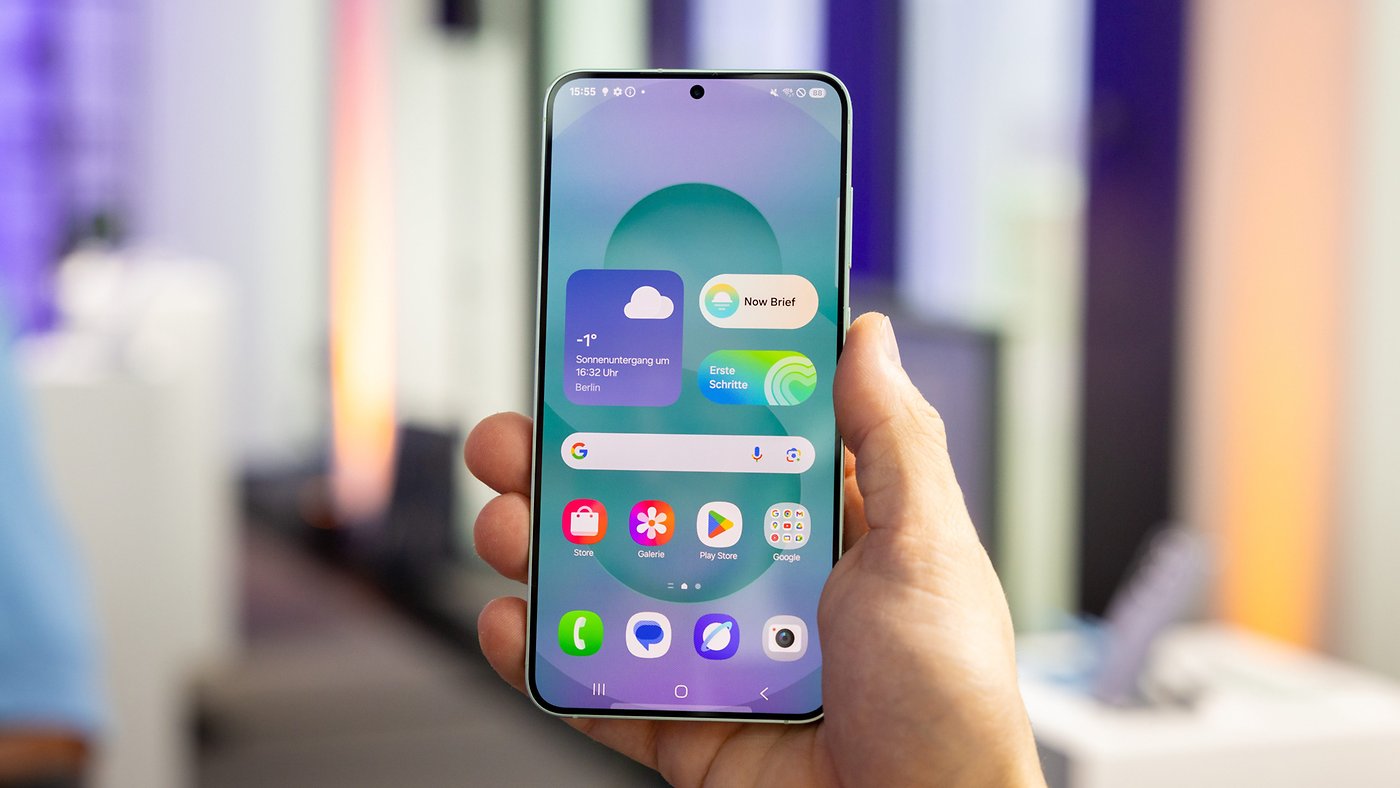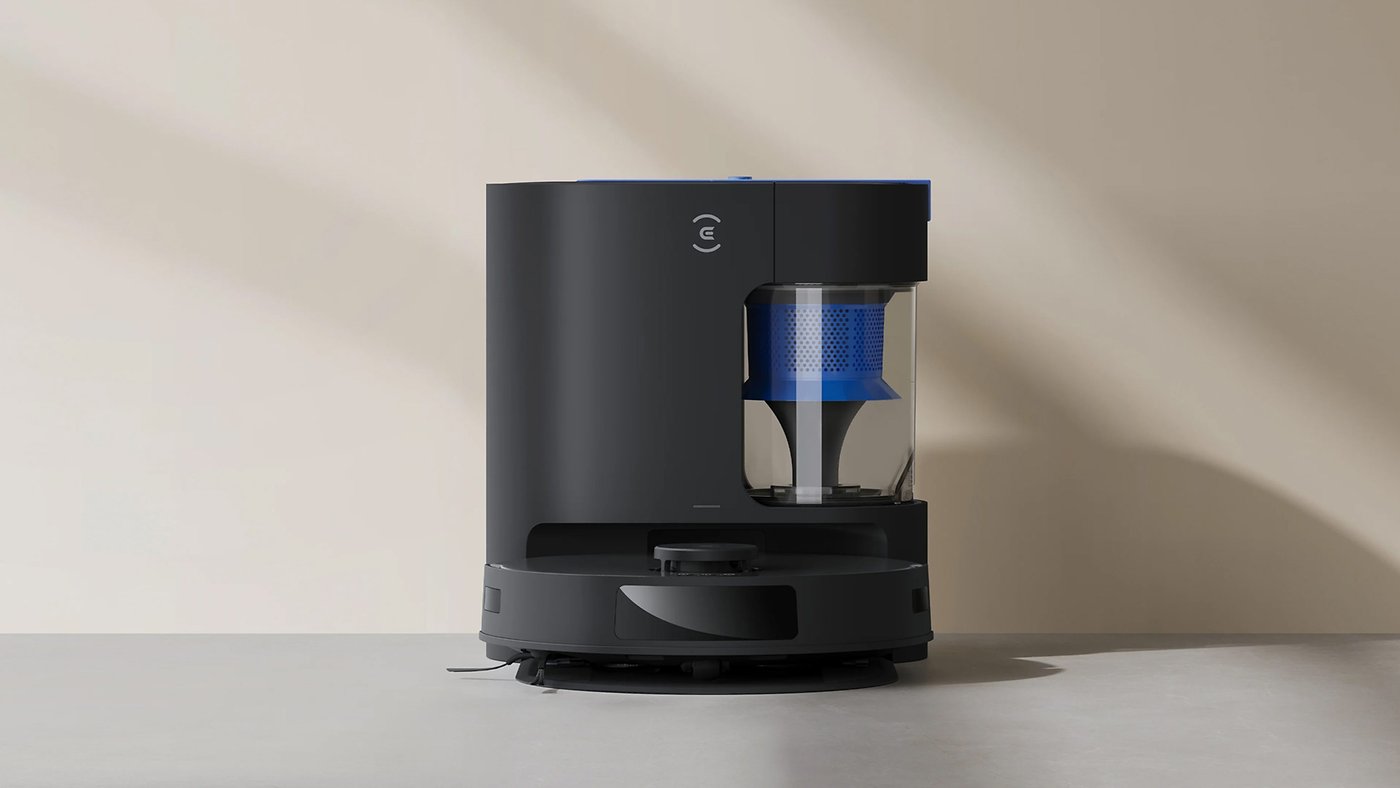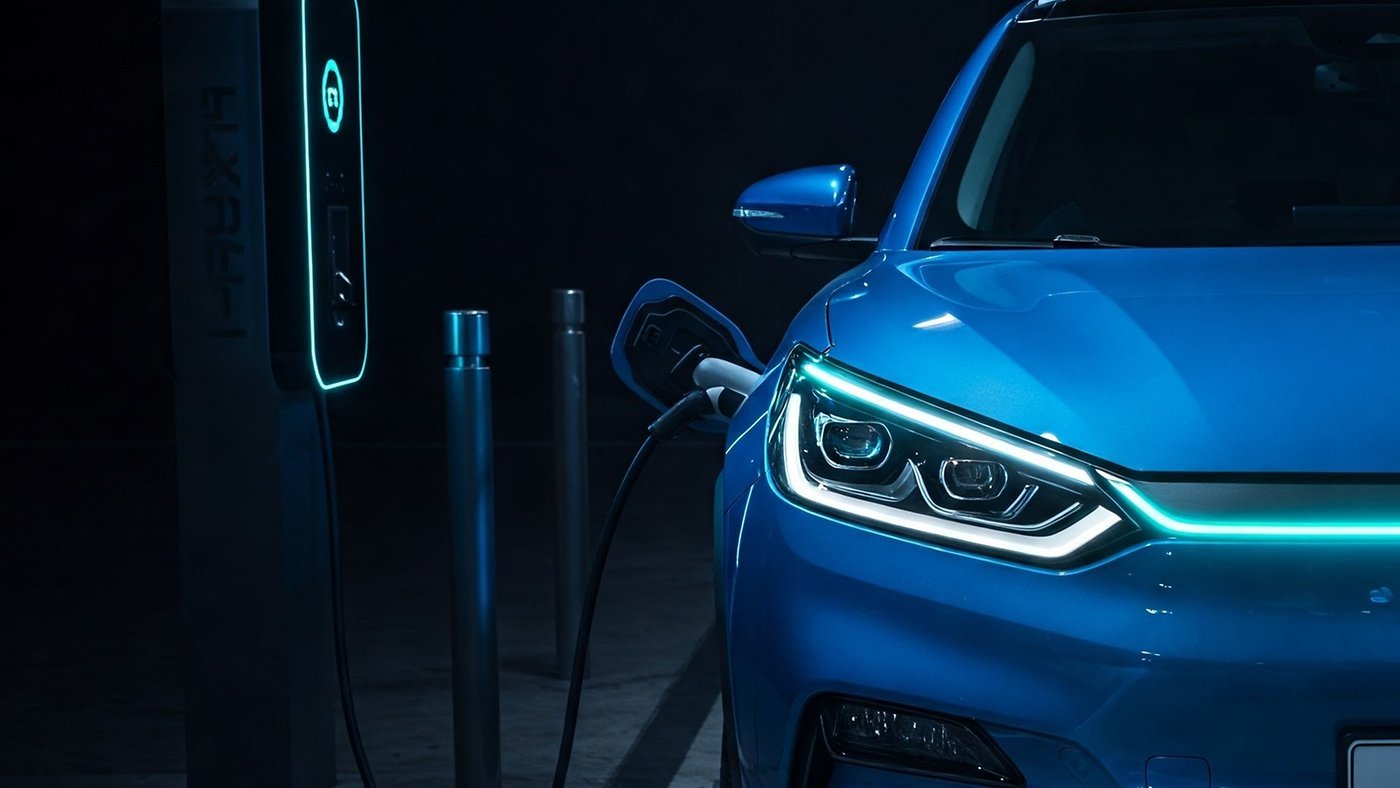
Samsung Galaxy S25 Phones Compared
| Galaxy S25 series | |||
|---|---|---|---|
| Product | Galaxy S25 | ||
| Image | 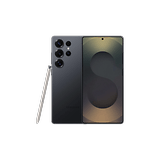 |
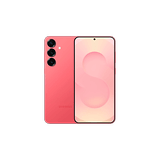 |
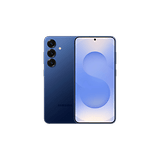 |
| Price | |||
| Display |
|
|
|
| Processor | |||
| Memory |
|
|
|
| OS |
|
|
|
| Camera |
|
|
|
| Battery |
|
|
|
| Connectivity |
|
|
|
| Dimensions and weight |
|
|
|
| Offers* | |||
Samsung has teased a fourth model, the Galaxy S25 Slim, which offers similar specifications to the S25+ in a thinner design. Official details weren’t available at the time of publishing, but we’ll update this article as soon as they are. The S25 Slim is expected to launch in Q2 2025.
That said, this comparison focuses on the three initially announced smartphones and will be updated with our review impressions. If additional models, such as the Galaxy S25 Slim or a potential “Fan Edition,” are released, we’ll update this page. For now, use the links below to navigate to specific sections:
Galaxy S25 Series: Display and Design
2025 marks another small incremental change to the overall design of the Galaxy S25 phones. The biggest news in the design department, though, is that the Ultra model is now more similar to the base models. Until now, the Ultra had a more square build, probably due to its Galaxy Note heritage, but Samsung went for a more consistent design in 2025.

The result is that the Galaxy S25 Ultra now features rounded edges around its four corners, like its counterparts, losing the boxy look from its previous generations. In the back, the separated camera islands are back, iterating on the design that debuted with the Galaxy S23 family.
The differences are more prominent in the front, with each model using a differently-sized display. The S25 Ultra has a small 0.1-inch bump to display size, going from 6.8 to 6.9 inches for the QHD+ screen. The other models use the same 6.2 and 6.7-inch display as the previous generation, with FHD+ and QHD+ resolution for the vanilla and Plus models, respectively.

The OLED panels are rated for a refresh rate ranging from 1 to 120 Hz, adjusting the display updates according to the content to optimize power consumption. Maximum brightness is 2,600 nits on each model, just like on the previous S24 Ultra.
Galaxy S25 Flagship Performance and Connectivity
Despite rumors of an Exynos comeback in 2025, Samsung sourced the Galaxy S25 processor from rival semiconductor company Qualcomm. All models are powered by the Snapdragon 8 Elite chip. We already tested one smartphone powered by the same chip, the OnePlus 13, and the results didn’t disappoint.
Samsung advertises a 37% improvement in CPU efficiency and up to 30% performance jump in GPU performance compared to the previous generation, and more specifically 40% better performance in the 3DMark Solar Bay test, with advanced ray tracing lighting and graphics effects.
| Galaxy S25 (Snapdragon 8 Elite) |
OnePlus 13 (Snapdragon 8 Elite) |
Galaxy S24 Ultra (Snapdragon 8 Gen 3) |
|
|---|---|---|---|
| AnTuTu | |||
| 3DMark Wild Life Extreme Stress Test |
|
|
|
| 3DMark Solar Bay Stress Test |
|
|
|
| Geekbench |
|
|
Our test with the Snapdragon 8 Elite showed some heavy performance throttling in longer tasks, such as the OnePlus 13 on the 3DMark Stress Test. To fight that, Samsung equipped the S25 Ultra with a 40% larger vapor chamber to cool the processor, while the other models got a 15% more dissipation area compared to last year’s models.
As soon as we get the phones, we will be sure to put them to the test. Make sure to turn on the notifications for nextpit to be the first to know when we publish our reviews.
Connectivity brings no news compared to the S24 models, with all S25 phones supporting eSIM, Wi-Fi 7, and Bluetooth 5.4. Unfortunately, ultra-wideband (UWB) support is still absent in the base Galaxy S25, which means the base model will not be compatible with precision finding on the Smart Tag item tracker, or proximity unlocking in supported cars from Hyundai and BMW.
Galaxy S25 Lineup Camera Specifications
Camera upgrades are exclusive to the S25 Ultra compared to the last generation. The base S25 models feature the same specs as its S24 predecessors: 50 megapixels main camera, 12 MP ultra-wide, and a telephoto lens with 10 megapixels and 3x optical zoom compared to the main camera. Not only the resolution and lenses are the same, they cover the same focal lengths and feature the same aperture rating.
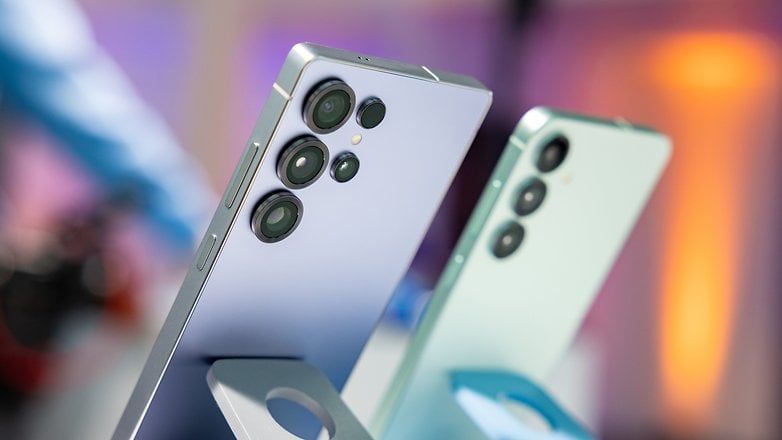
As for the Galaxy S25 Ultra, Samsung gave the phone a resolution boost on the ultra-wide camera, which was bumped from 12 to 50 megapixels. It also got a “brighter” lens (from f/2.2 to f/1.9), promising better low-light pictures compared to both its S24 Ultra predecessor and the base S25 models.
The other cameras on the S25 Ultra follow the recipe used on the S24 Ultra: a 200-megapixel main camera and two telephoto cameras: one with 10 megapixels and 3x optical zoom and a second with 50 MP but a 5x zoom to get closer to your subject.
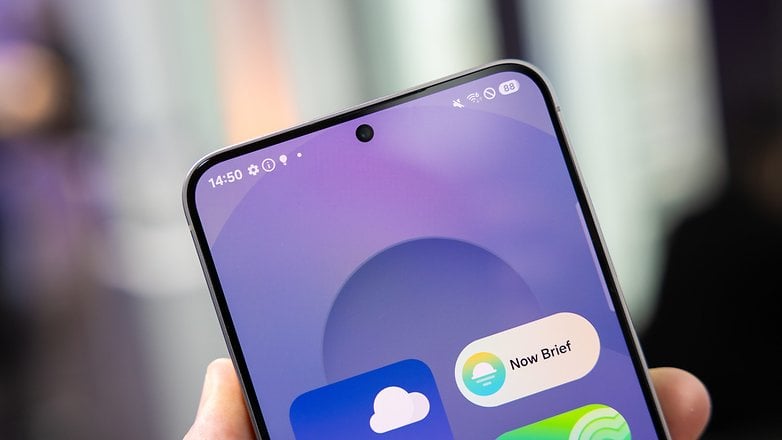
As for the selfie cameras, all models feature the same 12 MP resolution with an f/2.2 aperture rate. Not only do the Galaxy S25 phones share the same numbers, they are the same as in the Galaxy S24 models before them.
Samsung Galaxy S25 Family: Software and Updates
The software front remains one of the selling points for the Samsung Galaxy ecosystem. The company offers the best software update promise for its flagship models, and the same remains true for the Galaxy S25 models.
All models come with Android 15 running One UI 7 on top of the base system, with all the AI features from both Samsung and Google. Samsung promises seven years of software updates, including Android upgrades. It remains to be seen how fast will the brand be when it comes to delivering fast updates since its Android 15 rollout has been much slower than the previous two Android versions.
For the S25, Samsung is incorporating more AI-powered features, including tools similar to Google’s Best Take, audio eraser, and enhanced generative capabilities for image editing. Additionally, the device offers improved Gemini AI integration with Samsung apps like Notes, Calendar, and Reminder—just as the rumors suggested.
Galaxy S25 Series: Battery and Charging
When it comes to the battery, the new models bring no surprise for those used to the Galaxy S24 models. And if you were expecting Samsung to challenge the fast-charging standards used by Chinese companies, keep waiting: Charging input top at 45 watts for the S25 Ultra and S25+, with the Galaxy S25 charging at a maximum of 25 W, just like the S24 models.
For wireless charging, Qi is supported at up to 15 W but magnetic alignment from the Qi2 standard is not supported. And for those emergencies, reverse wireless charging is once again offered. Wired or wireless, though, no charger is included in the box. Bummer.
Which Samsung Galaxy S25 Model is Right for You?
Just like in previous years, the Galaxy S25 phones are clearly defined in terms of pricing and specifications. Those looking for a compact(-ish) and powerful phone should look into the base Galaxy S25 phone. The S25+ is the choice if you want a big-screened flagship while the Galaxy S25 Ultra is the option for those looking for a productivity powerhouse, with not only the S Pen, but also the most advanced cameras.
As for current Galaxy owners, it is difficult to justify upgrading to a Galaxy S25 phone if you have a Galaxy S24 or S23 model. The only noticeable upgrade comes from the processor change, especially for those using the S24 models with the inefficient Exynos chip. Even software features new to the Galaxy S25 should trickle down to recent flagships as soon as One UI 7 rolls out.
What about you, were you expecting more from the Galaxy S25 phones or were you surprised? Are you planning on upgrading to the Galaxy ecosystem, or will wait this round? Share your views in the comments below.

